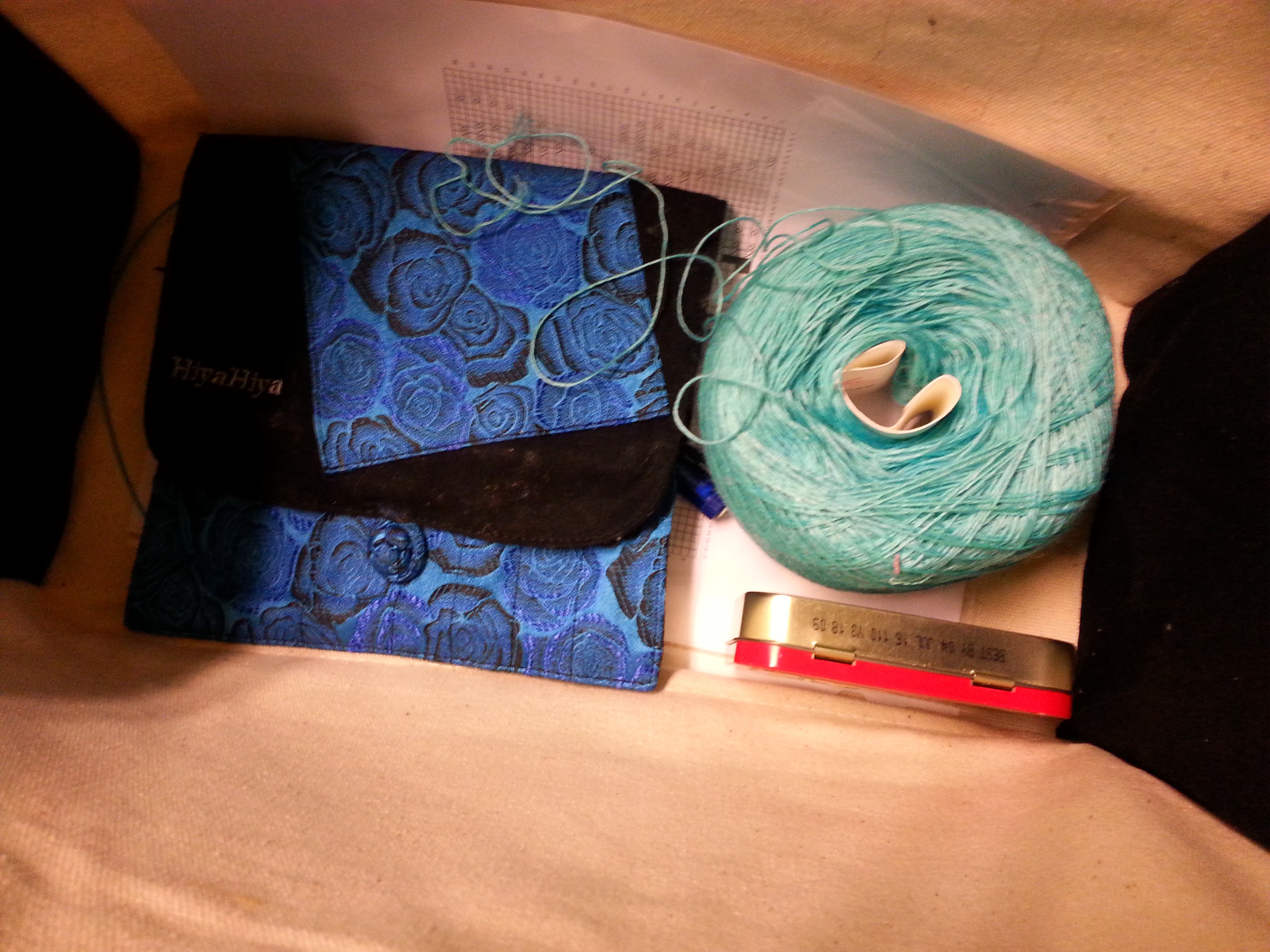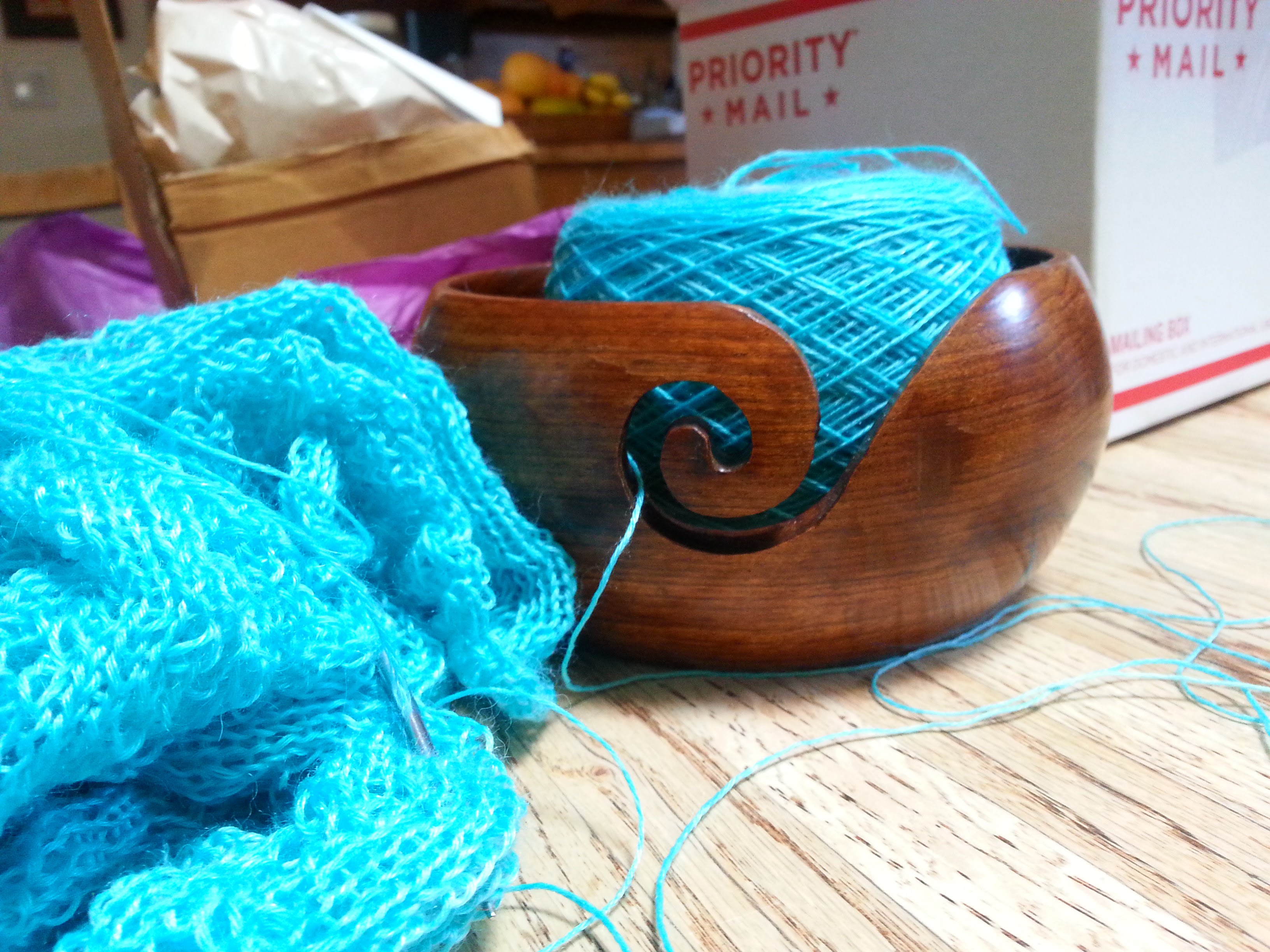Last week I participated in the Initiate Knit Design challenge hosted by Francoise Danoy of Aroha Knits. Frenchie not only designs but she also teaches and she hosted the five day challenge to launch her course “Manifest Your Inner Designer.” Although I’ve been designing for over two years now, I’m always eager to learn more and participating in the challenge encouraged me to complete a shawl design that’s been knocking around in my head this month.
Day 1 was creating a mood board. I don’t usually do this formally, though for this project I had a specific theme in mind. My midwife, who was with me for the birth of all three of my children, passed away this month and I wanted to honor her with a shawl design.

My mood board was about images that represented birth, growth, and passage.
I don’t usually create mood boards in my own design process, so this was a stretch for me. Often I will start with a yarn, a stitch pattern, or sometimes a garment shape, combined with a general mood or feeling I’m trying to evoke. I cheated a bit, because when I started the challenge, I already had a yarn in mind, one stitch pattern I wanted to use, and a tentative plan for a shape. So my images were picked with those things already in mind.
Day 2 was drawing a sketch and Day 3 was picking and swatching stitch patterns.  I will often sketch to rough out different textures within a shape, but only after I have swatched a number of potential patterns. So on Day 2, I did make a sketch, but only after looking at a lot of stitch dictionaries.
I will often sketch to rough out different textures within a shape, but only after I have swatched a number of potential patterns. So on Day 2, I did make a sketch, but only after looking at a lot of stitch dictionaries.
 Day 3 wasn’t really enough for swatching for me. This is the place where I tend to spend a lot of time and my swatching went on through the next two days as well. I tried out several patterns in isolation and then I started combining things. For this challenge, I ripped out swatches as soon as I knew they weren’t looking right for my pattern, but I often keep on with a swatch till it’s finished and store those in binders for future reference. To the left are some of the stitch patterns I tried and below you can see a larger swatch with the patterns combined and a border I added on to test it. Even this doesn’t represent my final pattern because I decided to eliminate the two yarnover columns on the outside edges of the shawl.
Day 3 wasn’t really enough for swatching for me. This is the place where I tend to spend a lot of time and my swatching went on through the next two days as well. I tried out several patterns in isolation and then I started combining things. For this challenge, I ripped out swatches as soon as I knew they weren’t looking right for my pattern, but I often keep on with a swatch till it’s finished and store those in binders for future reference. To the left are some of the stitch patterns I tried and below you can see a larger swatch with the patterns combined and a border I added on to test it. Even this doesn’t represent my final pattern because I decided to eliminate the two yarnover columns on the outside edges of the shawl.

In Day 4 we were asked to make calculations. I eventually filled this whole page with  calculations because in addition to size and number of repeats, I had the added restriction in this design of only one skein of the yarn I wanted to use. So I moved back and forth between my kitchen gram scale and paper, weighing my swatch, calculating the repeats, then adding the border and calculating that. Finally, I double checked my work by using the weight of the swatch and my estimated size and making sure that they made sense.
calculations because in addition to size and number of repeats, I had the added restriction in this design of only one skein of the yarn I wanted to use. So I moved back and forth between my kitchen gram scale and paper, weighing my swatch, calculating the repeats, then adding the border and calculating that. Finally, I double checked my work by using the weight of the swatch and my estimated size and making sure that they made sense.
The final part for Day 5 was to write the pattern or start knitting and write as you go. I like to write a page of what I call “basic directions” to start. I write out all the basic information about how I plan to make the garment so that I can follow my own directions and see if I missed anything. I don’t format it to fit my template, and I will often pencil in details or useful notes as I work. My design ended up being three columns wide with a generous border so the final rectangular shawl will be about 19″ by 63″
I decided to set aside the design I’m currently making the sample for in order to work on this. My current design is a fall garment and this one is a great spring and summer design, so I think that makes sense.
Overall, it was very inspiring to see so many other people participating in the challenge and look at the other designs as they progressed over the week. Frenchie offered daily encouragement and I think her class would be very informative for new designers.
And now I’m off to knit!





 I will often sketch to rough out different textures within a shape, but only after I have swatched a number of potential patterns. So on Day 2, I did make a sketch, but only after looking at a lot of stitch dictionaries.
I will often sketch to rough out different textures within a shape, but only after I have swatched a number of potential patterns. So on Day 2, I did make a sketch, but only after looking at a lot of stitch dictionaries. Day 3 wasn’t really enough for swatching for me. This is the place where I tend to spend a lot of time and my swatching went on through the next two days as well. I tried out several patterns in isolation and then I started combining things. For this challenge, I ripped out swatches as soon as I knew they weren’t looking right for my pattern, but I often keep on with a swatch till it’s finished and store those in binders for future reference. To the left are some of the stitch patterns I tried and below you can see a larger swatch with the patterns combined and a border I added on to test it. Even this doesn’t represent my final pattern because I decided to eliminate the two yarnover columns on the outside edges of the shawl.
Day 3 wasn’t really enough for swatching for me. This is the place where I tend to spend a lot of time and my swatching went on through the next two days as well. I tried out several patterns in isolation and then I started combining things. For this challenge, I ripped out swatches as soon as I knew they weren’t looking right for my pattern, but I often keep on with a swatch till it’s finished and store those in binders for future reference. To the left are some of the stitch patterns I tried and below you can see a larger swatch with the patterns combined and a border I added on to test it. Even this doesn’t represent my final pattern because I decided to eliminate the two yarnover columns on the outside edges of the shawl.
 calculations because in addition to size and number of repeats, I had the added restriction in this design of only one skein of the yarn I wanted to use. So I moved back and forth between my kitchen gram scale and paper, weighing my swatch, calculating the repeats, then adding the border and calculating that. Finally, I double checked my work by using the weight of the swatch and my estimated size and making sure that they made sense.
calculations because in addition to size and number of repeats, I had the added restriction in this design of only one skein of the yarn I wanted to use. So I moved back and forth between my kitchen gram scale and paper, weighing my swatch, calculating the repeats, then adding the border and calculating that. Finally, I double checked my work by using the weight of the swatch and my estimated size and making sure that they made sense.